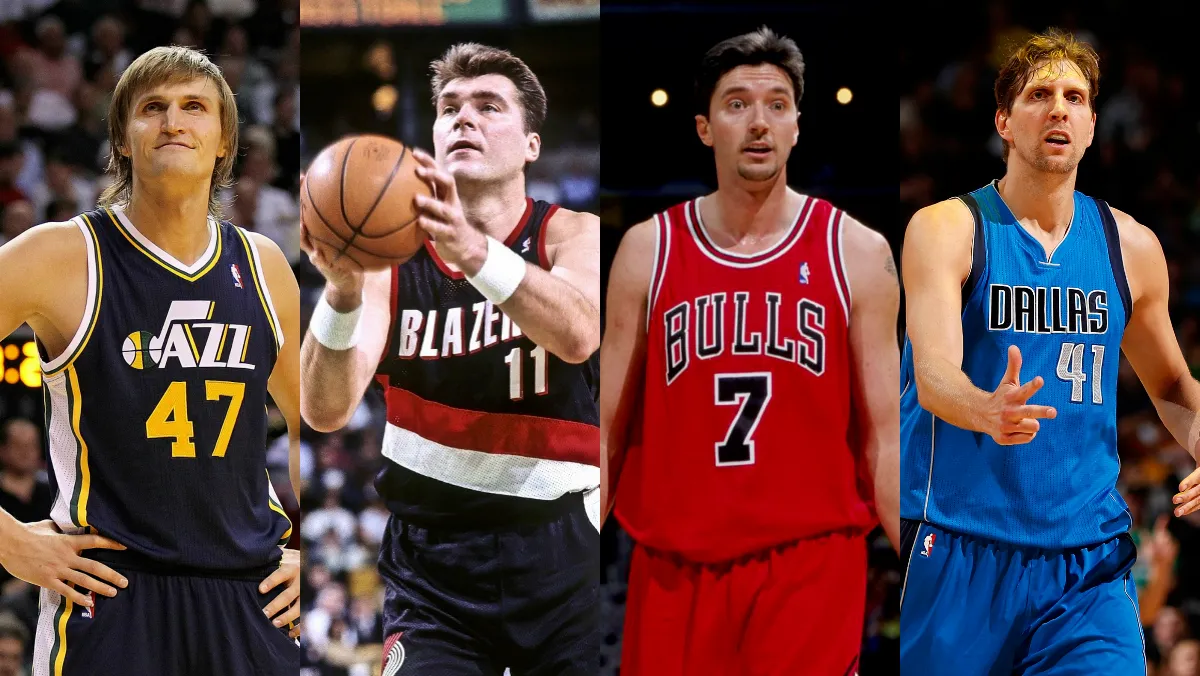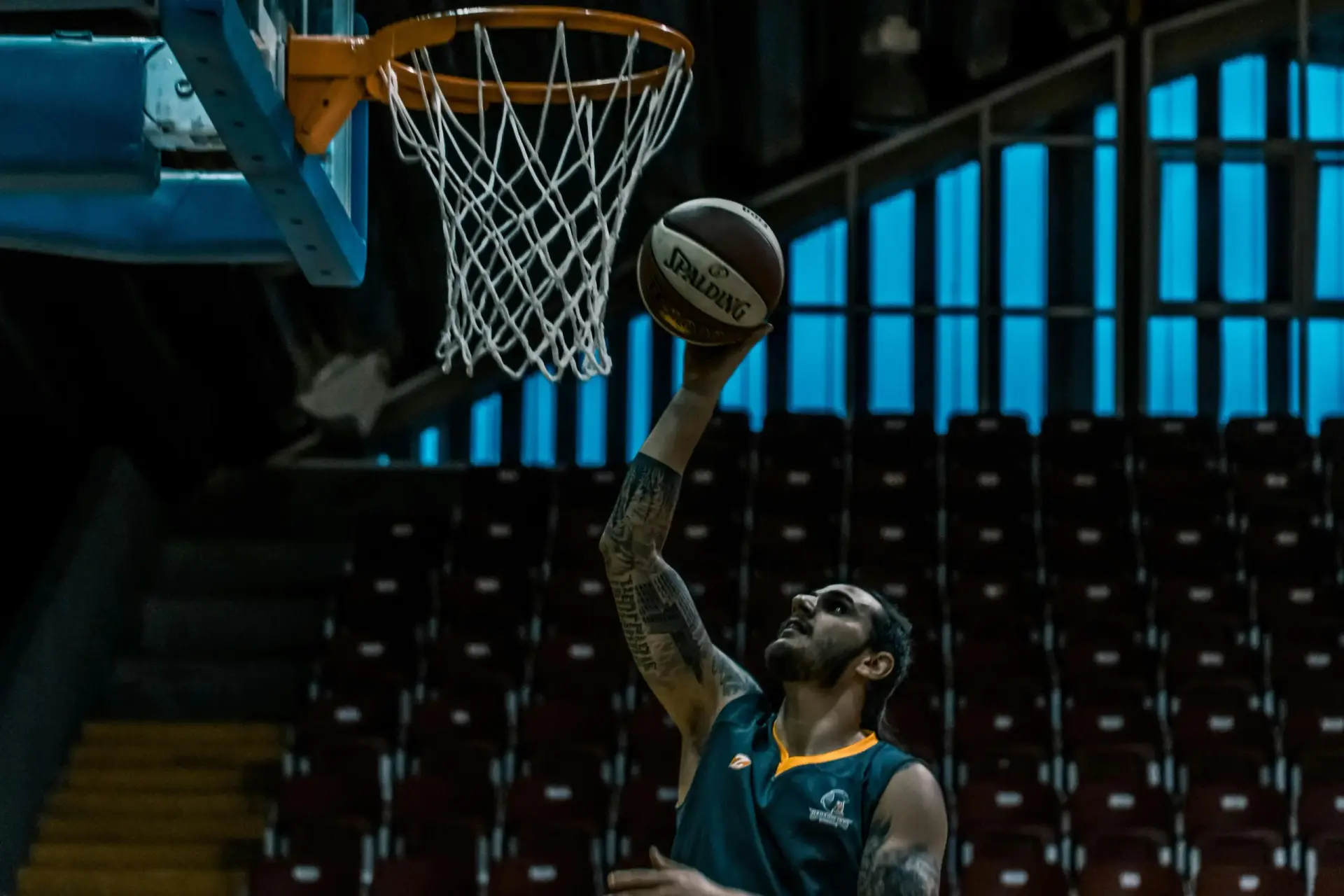Basketball is not just a team game with a ball and a hoop. It is a powerful health tool that combines cardio workouts, cognitive stimulation, and social integration. Unlike monotonous workouts in the gym, playing basketball develops the body and mind in a complex way, builds endurance, reaction time, and emotional resilience. The game can be practiced at any level: from a school playground to an international arena. All this makes the impact of basketball on health an undeniable argument in favor of starting training immediately.
Impact of Basketball on Health: Overall Physical Strengthening and Cardiovascular Effect
Daily practice of basketball strengthens skeletal muscles, stimulates capillary growth in muscles, and normalizes heart function. At a moderate intensity, a player burns up to 800 kilocalories during a 60-minute match, while also training the respiratory system. Increasing heart rate to 140–160 beats per minute creates an interval cardio effect, where the heart works at a moderate but steady pace. This helps reduce the risk of ischemia, hypertension, and obesity.

Basketball requires constant movement on the court, activating large muscle groups in the legs, back, abdominal muscles, and shoulders. In dynamic situations (bursts, jumps, turns), proprioception is activated — the body’s ability to coordinate movements without visual control, significantly reducing the risk of falls in older age.
Coordination and Neuroplasticity: Influence on the Brain and Mind
 Regular participation in matches increases the functional activity of the prefrontal cortex and cerebellum — brain regions responsible for decision-making and motor control. During the game, the brain processes visual, auditory, and tactile signals simultaneously, analyzes opponents’ actions, and makes decisions in split seconds. This develops cognitive flexibility and improves executive functions.
Regular participation in matches increases the functional activity of the prefrontal cortex and cerebellum — brain regions responsible for decision-making and motor control. During the game, the brain processes visual, auditory, and tactile signals simultaneously, analyzes opponents’ actions, and makes decisions in split seconds. This develops cognitive flexibility and improves executive functions.
The impact of basketball on health is also evident in stimulating the production of neurotrophins — proteins that promote the growth of new neural connections. According to field research at the Universities of Lisbon and Coimbra, teenagers who play basketball daily showed cognitive test results 15–20% higher compared to the control group. Emotional stability and the ability to cope with stress are enhanced by increasing levels of endorphins and dopamine.
Musculoskeletal System: Flexibility, Bone Density, Balance
Regular physical activity involving jumps, sharp stops, and turns creates microstimuli that strengthen bone tissue. In players who start training in their teenage years, the density of the hip and lumbar areas is 12–14% higher based on MRI data compared to peers with a sedentary lifestyle. This reduces the risk of osteoporosis in old age.
Joint flexibility also increases thanks to continuous work in full ranges of motion. During active play, natural cycles of ligament stretching and compression occur, increasing their elasticity. The joint apparatus receives a balanced load without excessive pressure, typical of strength sports.
Psychoemotional Development and Socialization
The impact of basketball on health goes beyond the body — it deeply affects the emotional sphere. The game requires patience, quick thinking, respect for teammates, and the ability to lose gracefully. These qualities shape emotional intelligence and resilience to failures.
Being part of a team fosters a sense of belonging and reduces social anxiety. This is particularly significant for teenagers: regular participation in training helps overcome isolation, build trust, and develop communication skills. In European countries, since 2020, social basketball programs under the auspices of the Portuguese Basketball Federation have been in place, using the game as a tool for integrating children from disadvantaged families and migrants.
Weight Management and Metabolic Balance: Impact of Basketball on Health
Basketball contributes to maintaining metabolic flexibility — the body’s ability to efficiently switch between using fats and carbohydrates depending on the level of activity. On average, a player burns between 500 and 900 kilocalories per workout, making the sport effective in combating excess weight and metabolic syndrome.
During intense gameplay, cells become more sensitive to insulin, glucose levels decrease, and blood lipid profile stabilizes. The effect is particularly noticeable with regular training sessions 3–4 times a week. These indicators are supported by medical data from Santa Maria Clinic in Lisbon, where patients with early type II diabetes showed significant improvements after 8 weeks of playing basketball.
Reasons to start playing basketball, format:

- Increases life expectancy by 5–8 years according to cardiological studies at the University of Porto.
- Raises the level of “good” cholesterol (HDL) by an average of 12% after 3 months of training.
- Improves sleep by promoting serotonin production and regulating circadian rhythms.
- Develops reflexes: reaction to external stimuli speeds up by 30–40 milliseconds.
- Strengthens visual concentration and peripheral vision through the multitasking nature of the game.
- Facilitates faster recovery from injuries — active microcirculation accelerates tissue regeneration.
- Fosters discipline and sustainable motivation for regular sports practice.
- Prevents depression — cortisol levels decrease by 25% after intense gameplay.
Basketball at Any Age: From Children to Seniors
The impact of basketball on health is adaptable to all age groups. For children, the sport develops coordination, for teenagers — self-identification and confidence, for adults — it maintains muscle tone and reduces stress. In Portugal, for example, there are over 60 amateur clubs offering “soft basketball” (Basquete Suave) for citizens over 60. The practice is done at a reduced intensity but still provides benefits for the cardiovascular and skeletal systems.
Conclusion
 The impact of basketball on health is not an abstract thesis but a proven mechanism for improving physical and mental well-being. It is a form of accessible activity that does not require expensive equipment but can replace cardio, gym workouts, and psychotherapy simultaneously. Regardless of age and fitness level, today is the optimal moment to step onto the court, grab the ball, and start the transformation. One shot — the first step towards physical and internal renewal.
The impact of basketball on health is not an abstract thesis but a proven mechanism for improving physical and mental well-being. It is a form of accessible activity that does not require expensive equipment but can replace cardio, gym workouts, and psychotherapy simultaneously. Regardless of age and fitness level, today is the optimal moment to step onto the court, grab the ball, and start the transformation. One shot — the first step towards physical and internal renewal.
 en
en  ru
ru  de
de  ar
ar  es
es  hi
hi  fr
fr  nl
nl  it
it  pt
pt  el
el 



